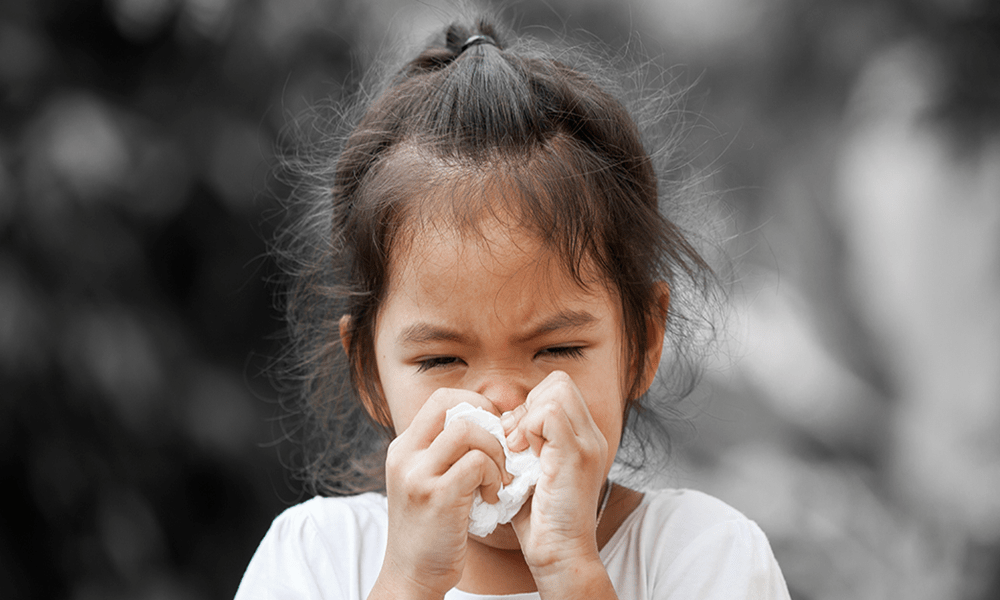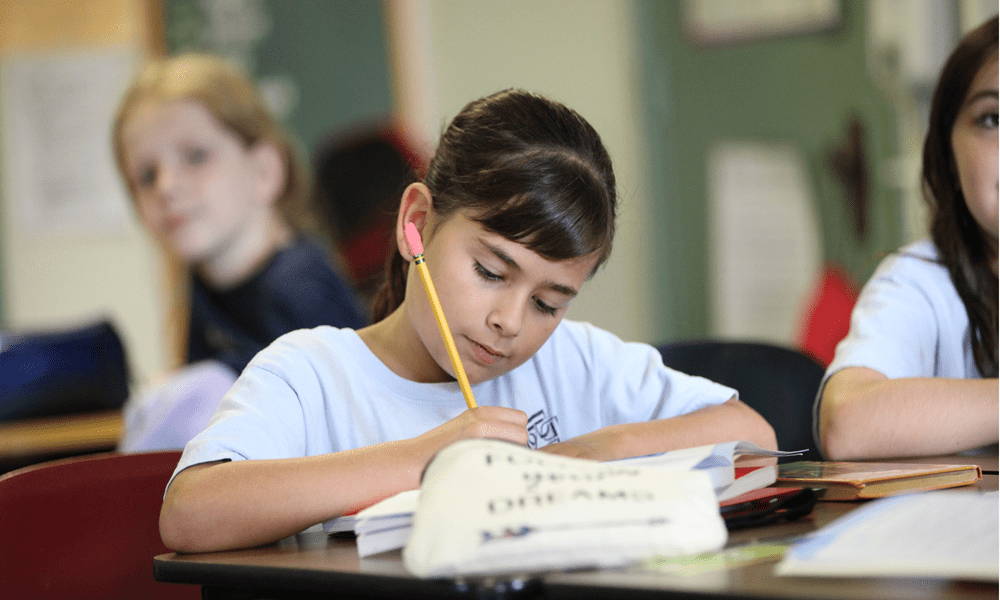
Sinusitis in children is a common condition that can cause discomfort. Recognizing the signs and symptoms early can help in managing it effectively. This guide provides a comprehensive look at sinusitis in children, including signs, symptoms, and management tips.
What is Sinusitis?
Sinusitis, also known as a sinus infection in kids, occurs when the sinuses become inflamed. This inflammation can result from a viral, bacterial, or fungal infection. Dr. Emily Jones, a pediatric ENT specialist, explains, “Sinusitis in children is often caused by upper respiratory infections.”
Signs and Symptoms
Recognizing the signs of sinusitis in children is crucial for timely treatment. Here are common symptoms:
1. Persistent Cold Symptoms
- Duration: Cold symptoms lasting more than 10 days without improvement may indicate sinusitis.
- Runny Nose: Thick, yellow or green nasal discharge is a common sign.
2. Facial Pain and Swelling
- Tenderness: Children may experience tenderness around the nose, cheeks, and forehead.
- Swelling: Swelling around the eyes and forehead can occur.
3. Coughing
- Worse at Night: A cough that worsens at night may be a symptom of sinusitis.
- Persistent: Persistent coughing that doesn’t improve may need medical attention.
4. Headache
- Pressure: Children might feel pressure or pain in the forehead and around the eyes.
- Frequency: Frequent headaches can be a sign of sinus infection in kids.
5. Fever
- Mild to High: Sinusitis can cause a fever, ranging from mild to high.
- Accompanied by Other Symptoms: A fever along with other symptoms should prompt a doctor’s visit.
6. Bad Breath
- Halitosis: Bad breath, even after brushing teeth, can indicate sinusitis.
7. Fatigue
- Lethargy: Children with sinusitis often feel tired and lack energy.
Managing Sinusitis in Children
Managing sinusitis in children involves several steps to ensure they recover quickly and comfortably.
1. Medical Treatment
- Antibiotics: If a bacterial infection is confirmed, antibiotics may be prescribed.
- Decongestants and Antihistamines: These can help reduce swelling and relieve congestion.
2. Home Remedies
- Steam Inhalation: Encourage your child to inhale steam to help clear nasal passages.
- Saline Nasal Spray: Use a saline nasal spray to keep the nasal passages moist.
3. Hydration
- Plenty of Fluids: Ensure your child drinks plenty of fluids to stay hydrated and thin mucus.
- Warm Liquids: Warm soups and teas can provide relief and comfort.
4. Rest
- Adequate Sleep: Ensure your child gets plenty of rest to support their immune system.
- Comfortable Environment: Keep your child’s room humidified and comfortable.
5. Avoid Irritants
- Smoke-Free Environment: Keep your child away from cigarette smoke and other irritants.
- Allergen Control: Manage allergies to prevent sinusitis flare-ups.
When to See a Doctor
It’s important to know when to seek medical help. Dr. John Smith, a pediatrician, advises, “If your child’s symptoms worsen or don’t improve after 10 days, it’s time to see a doctor.” Persistent fever, severe headache, and swelling around the eyes also warrant a doctor’s visit.
Conclusion
Sinusitis in children can be managed effectively with the right approach. Recognize the signs and symptoms early, and follow the management tips provided. Always consult a healthcare professional for persistent or severe symptoms. Proper care and timely treatment can help your child recover quickly and comfortably.
References
- Dr. Emily Jones, Pediatric ENT Specialist. “Sinusitis in children is often caused by upper respiratory infections.” American Academy of Pediatrics
- Dr. John Smith, Pediatrician. “If your child’s symptoms worsen or don’t improve after 10 days, it’s time to see a doctor.” HealthyChildren.org
You may also like the following related posts:















